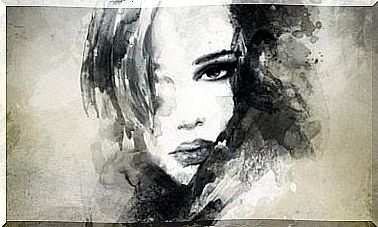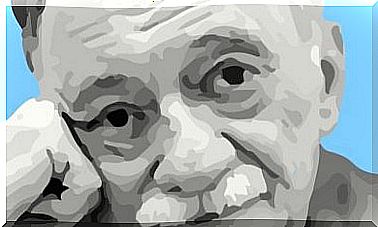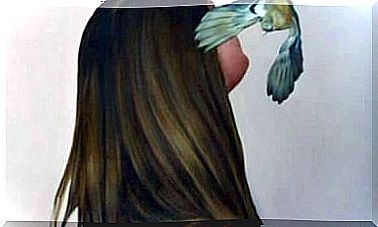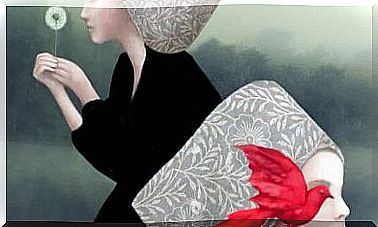A Brief History Of Psychotherapy

Psychotherapy is a fairly new field of psychology. It did not even exist until the late 19th century, when people ceased to believe that mental illness was caused by supernatural forces.
Society has always sought to explain various human phenomena that do not have a clear biological cause. If we want to follow the history of psychotherapy until its inception, we should look at tribal societies that spoke of the soul present in all natural things. They believed in animism, and they thought people would get sick because they were haunted by some strange soul. As a result, their methods of treatment included ceremonies designed to restore lost souls, as well as exorcism, confessions, and incubations.
In later Greece and the ancient world, we can find the origins of modern psychotherapy and rational thinking, and also the origins of philosophy and medicine. In this context, Aristotle described the different uses of the word “spell”. It was a persuasive word that brought about change in people.
Ancient philosophers
The history of psychotherapy cannot be spoken of without mentioning Hippocrates and Galeno.
- The Corpus Hippocraticum is one of the most important milestones in modern medicine. Hippocrates linked diseases to the state of the body and he presented four humorous doctrines related to temperament: blood, mucus, yellow bile and black bile.
- Galenos developed the theories of Hippocrates, and he distinguished between the supernatural, the natural, and the unnatural.
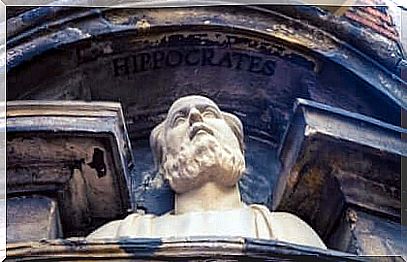
From the Middle Ages to the modern definition
In the Middle Ages, the church regarded mental illness as a product of the will of the devil. Recognition was the only way to recovery. Later, during the Enlightenment, various scholars such as Pinel put forward the idea of moral treatment for mental illness. The perception of humanizing patients and the optimistic view of mental illness became better known.
As we said earlier, the origins of psychotherapy are in the 19th century. Cobbe used the term “Psychotherapist” in his article in which he defends the role of healing. During this phase, the crucial element was to differentiate between diseases that did not involve physical damage. On the other hand, people also honed the hypnosis technique, and they saw it as an acceptable measure. In fact, it was not only acceptable, but most often the form of treatment chosen.
People who followed this theory called themselves fluidists , and the detractors of this theory were called animists. The awning of Puysegur was an animist, and he used hypnosis as a kind of artificial dream that allowed the patient to recall memories that could not be realized in other ways.
Nancy School
Braid later coined the word hypnosis and defined it as a nervous dream. Thanks to these developments and the work of Liebault and Bernheim, the Nancy School was started. They rejected hypnosis to help patients reach the same state awake. It was around this time that people began to use the term “psychotherapy.”
In 1895, the Viennese neurologist Sigmund Freud published Studies on Hysteria together with Josef Breuer. In this work, they described the cathartic method they developed and applied with a patient named Ana O. Later, they developed free association, a method we probably imagine when we think of psychotherapy: a patient lying on a couch, talking to a therapist about some side of his life.
Recent history of psychotherapy
After psychoanalysis, a number of alternative therapeutic methods emerged. Carl Rogers developed one that was more person-centered. Later, behaviorism offered different perspectives on psychological disorders. But it wasn’t until the ’60s and’ 70s that scientists Skinner and Wolpe laid the groundwork for behavioral therapy.
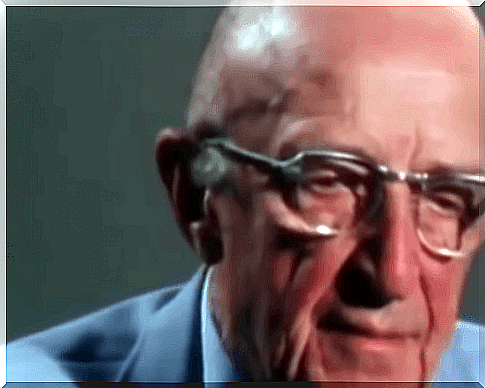
Other models, such as Maslow’s humanistic psychology and his hierarchy of needs and systemic model, have also emerged at this time. Therapists most often apply these theories during family therapies. Learning-based behavioral therapies have also given rise to cognitive models developed by Beck, Ellik, Mahoney, and Meichembaum.
Finally, in the 1990s, third generation therapies (or contextual therapies) became popular. They suggested a return to radical behaviorism, keeping in mind the cognitive side, but without trying to modify its content unlike rationalists. Instead, its goal was to change the relationship that the patient had with the content.
Because it is impossible to create significant differences between different therapeutic methods and theories, some believe that they should all be considered equal. This hypothesis is called drontin judgment (The Dodo Bird Verdict), and it is somewhat controversial among psychotherapists. Still, there is no doubt that any form of psychotherapy would be more effective than non-treatment.
